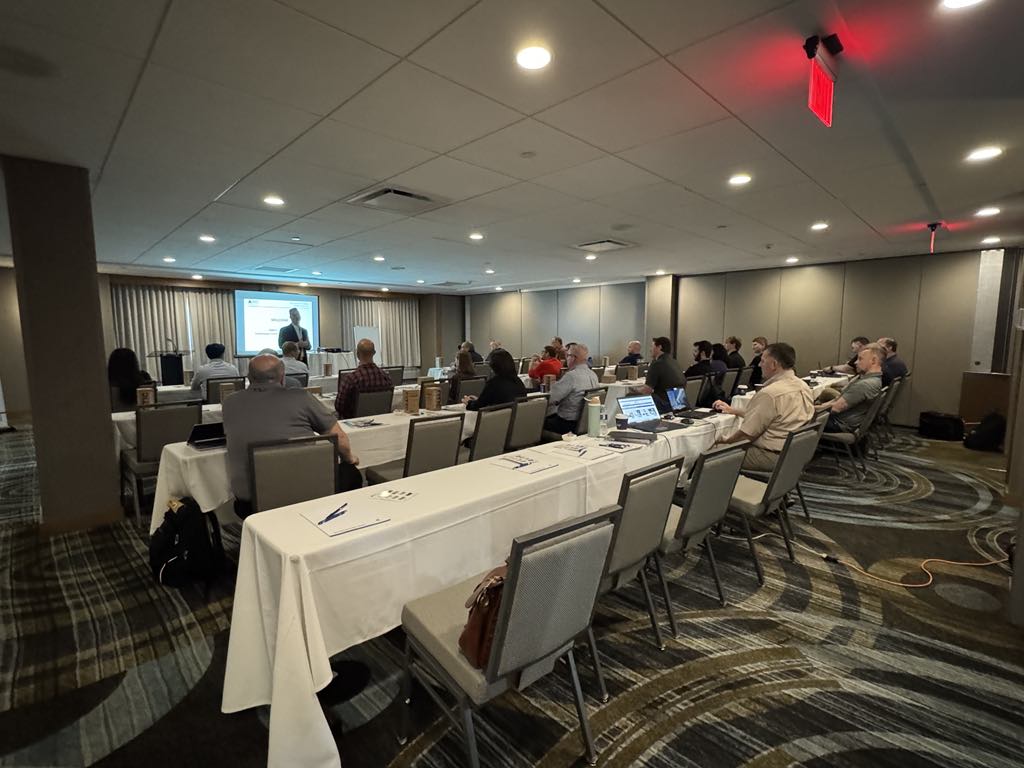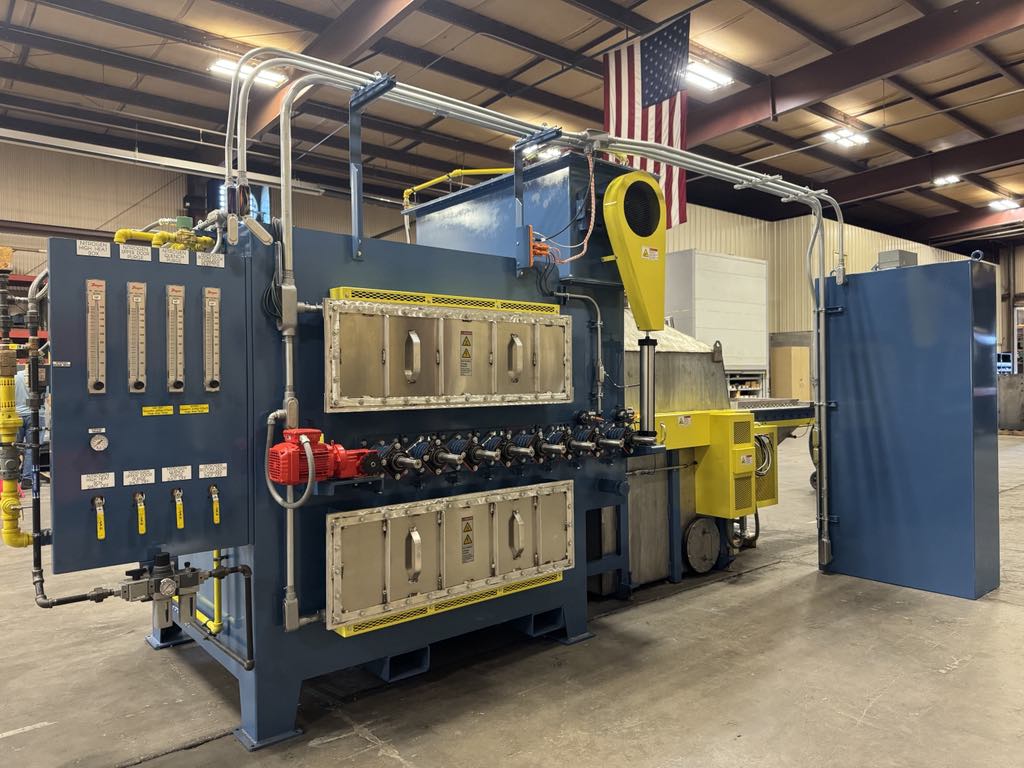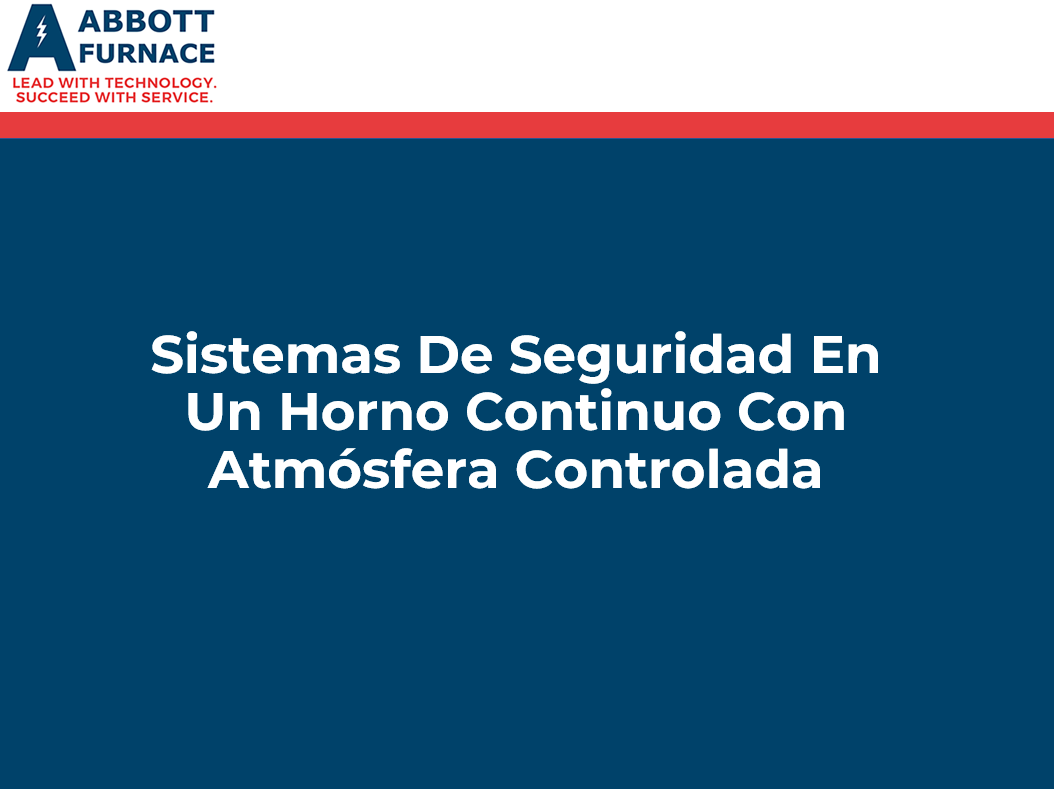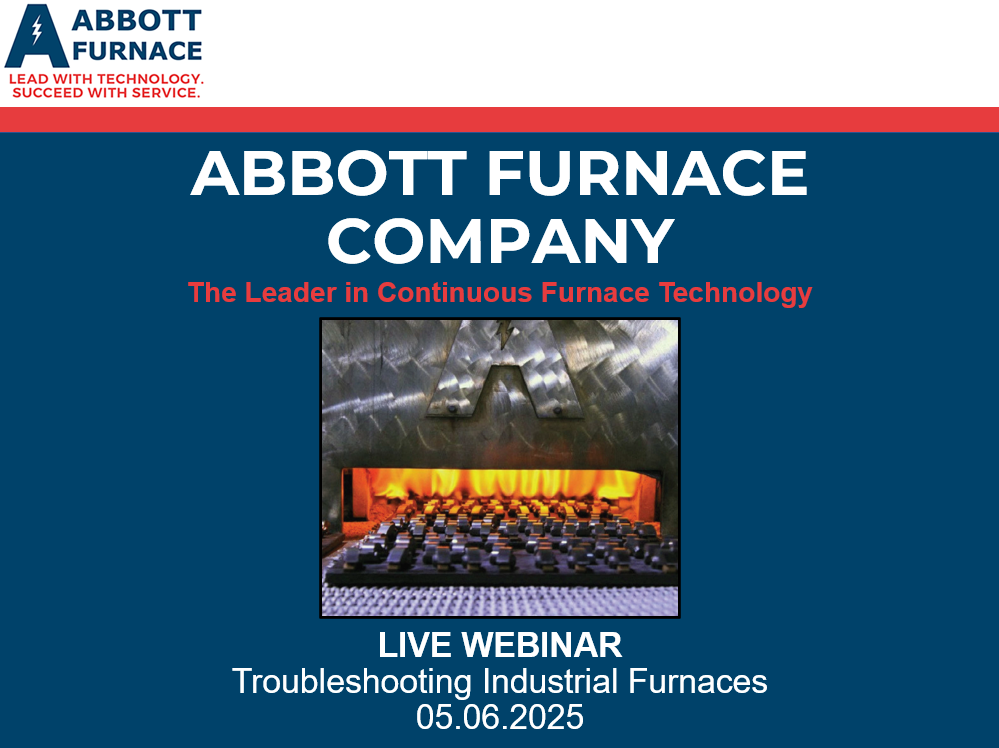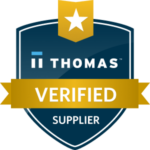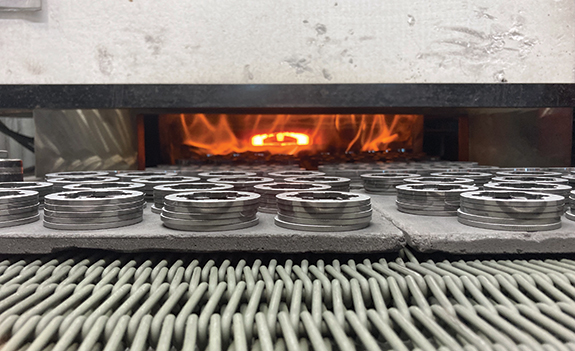
Soft magnetics are a type of metal that can be used for furnaces. Soft metals have some unique properties, making them optimal for heating elements. Business owners may want to use soft magnetics for your furnace if you’re looking for an alternative material that offers more versatility and safety than regular magnets do.
Below, we will explore how these innovative materials work, what they can do and why you might consider switching over from conventional steel magnets when buying your next industrial furnace.
What are Soft Magnetics?
The term soft magnetics refers to a type of metal with magnetic properties that can be used in the same way as steel. Soft magnets are made of soft magnetic materials that are easily magnetized and demagnetized.
Soft magnetics are used primarily to enhance and channel the flux produced by an electric current. This quality makes soft magnets ideal for heating elements because they will heat up quickly and evenly.
The use of soft magnets in furnaces has been increasing over the last few years due to their unique properties and advantages when compared with steel. The high Curie temperature of these metals is one main advantage that they have over other materials.
The Curie temperature is the point at which a material loses its ferromagnetic properties. For steel, this temperature is around 770 degrees Celsius. However, for soft magnets, the Curie temperature can be as high as 1500 degrees Celsius without losing their magnetic properties.
Soft magnets do not rust, and they are easily machinable, which makes them an ideal material for industrial furnaces or any other application requiring something strong but easy to work with.
Permeability of Soft Magnets
The permeability of a soft magnet is the measure of how easily it can be magnetized. The higher the permeability, the easier it is to magnetize the metal. Soft magnetic intrinsic magnetic coercivity which means they are easy to magnetize and demagnetize. They typically have an intrinsic magnetic coercivity that’s less than 1000 Am-1.
Materials that can be magnetized but not easily demagnetized include ferrite ceramic magnets and alnico magnets. Hard magnetic materials like steel cannot be magnetized, but they are very resistant to demagnetization.
Materials That Can Be Magnetized and De-Magnetized
Soft magnets can be made from a variety of different materials that can be magnetized and demagnetized. Soft ferromagnetic materials have a high level of relative permeability, a low coercive force and are easily magnetized and demagnetized.
Examples of Soft Magnets
Let’s look at some of the most common types of soft magnetic metals and their alloys.
1. Iron
A soft iron magnet is a ferrite metal that is easy to work with in various applications. It has a low melting point and is easily magnetized when there is an inducing magnetic field. It is demagnetized when this field is removed.
There are two types of magnets: permanent magnets and electromagnets. Permanent magnets do not require electricity, while electromagnets do require electricity to power them so they can create a magnetic field.
Soft Iron is also used for rods that make up an electromagnet’s soft iron core, which is a core of the electromagnetic coil that helps improve its efficiency.
Soft iron magnet material also combines with other soft magnetic materials to form the semi-hard magnetic materials below.
2. Iron-Silicone Alloys
Iron-silicone alloys are a type of soft magnet that is made up of iron and silicone. They have high permeability and low coercivity, making them easy to magnetize and demagnetize. They are also resistant to corrosion and have a high resistance to heat, making them ideal for use in industrial furnaces.
3. Nickel-Iron Alloys
Nickel-iron alloys are another type of soft magnet that is made up of nickel and iron. These alloys have high permeability and low coercivity, making them easy to magnetize and demagnetize. They are also resistant to corrosion and have a high resistance to heat, which makes this alloy suitable for use in industrial furnaces.
Each of these materials has unique properties that can be advantageous for different applications. For example, iron is a good choice for low-cost soft magnets, while nickel-iron alloys can create a high permeability material magnet.
Applications of Soft Magnetics
Soft magnets are used in a variety of magnetic applications, particularly within the industrial sector. Some common uses are listed below.
Alternating Current (AC) Applications
AC applications use soft magnets to create an alternating magnetic field. This type of field is used in a variety of devices and applications, including transformers, induction motors, and generators.
Direct Current (DC) Applications
DC applications use soft magnets to create a direct magnetic field. This type of field is used in various components, including motors and generators.
Soft Magnetics in Furnaces
Soft magnets have many uses in different types of furnaces, including induction furnaces or electric arc furnaces (EAF). These materials are particularly useful because they offer better control than conventional steel-based magnets do.
For instance, soft magnets are used in furnaces to heat up quickly and evenly. They are also used to enhance and/or channel the flux produced by an electric current, making them ideal for heating elements.
Lastly, since they are easy to demagnetize, soft magnets will not retain a magnetic field once the power is turned off, making them safer to use than traditional steel magnets, which can often hold a charge long after they have been turned off.
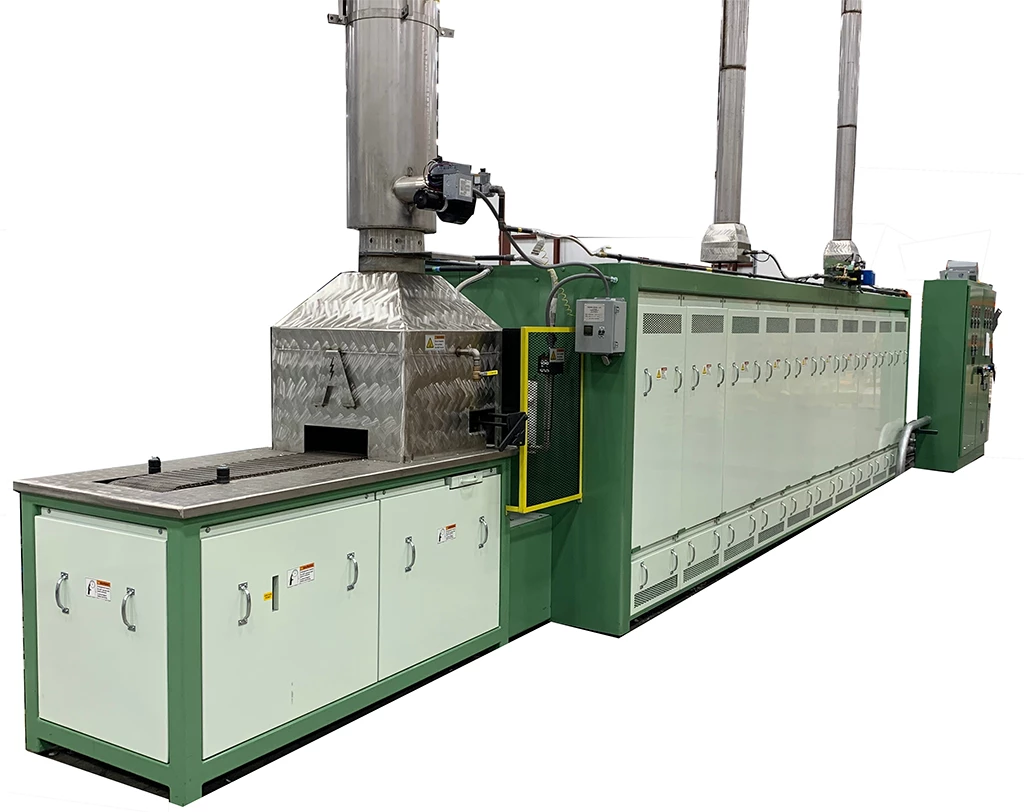
Abbott’s Nautilus Soft Magnetic Composite Process
Abbott’s Nautilus Soft Magnetic Composite Process is a patented process that uses soft magnets to create a thin, lightweight, and highly permeable material. This material can be used in a variety of different applications, including alternators, generators, and motors.
Convective Heating
Convective heating is a type of heating that uses a moving fluid to transfer heat. This method is often used in industrial applications, where the object being heated cannot be directly contacted with a heating element. Soft magnets are often used in convective heating systems to create and direct a magnetic field.
Independent Atmosphere Injection
Independent atmosphere injection is a type of heating that uses a gas or liquid to heat an object. This method is often used in medical and laboratory applications, where the object being heated cannot be directly contacted with a heating element. Just as they are with convective heating, soft magnets are often used in independent atmosphere injection systems to create and direct a magnetic field.
Abbott Brings Experience and Knowledge with Soft Magnetics
If you need to hire an industrial furnace company that can advise on the best soft magnetic material for your needs, you can rely on the Abbott Furnace Company.
We have been working with furnaces that contain magnetically soft substances for over 35 years, meaning we have a wealth of experience and knowledge in the area. We offer a variety of products and services to help you get the most out of your soft magnetic applications.
We Can Meet Any Standards for Furnace Manufacturing
Abbott Furnace offers a variety of products for manufacturing processes, including furnaces and heating elements that use soft magnets to enhance your product quality or production speed.
And no matter what standards your furnace manufacturing company is held to, the Abbott Furnace Company can meet them. We can design and build an industrial furnace that meets any of the latest industry standards and is optimized for your soft magnetic needs.
Contact Abbott Furnace Today
Abbott has a wide range of products and services that cater to every need, and our team of experts is always available to help you find the best solution for your needs. This includes advising you on the best soft magnetic materials for your requirements.
Contact Abbott today at 814-781-6355 for more information about our industrial furnace company products and services and how they can help you achieve your goals. Or you can submit a furnace inquiry with us online



